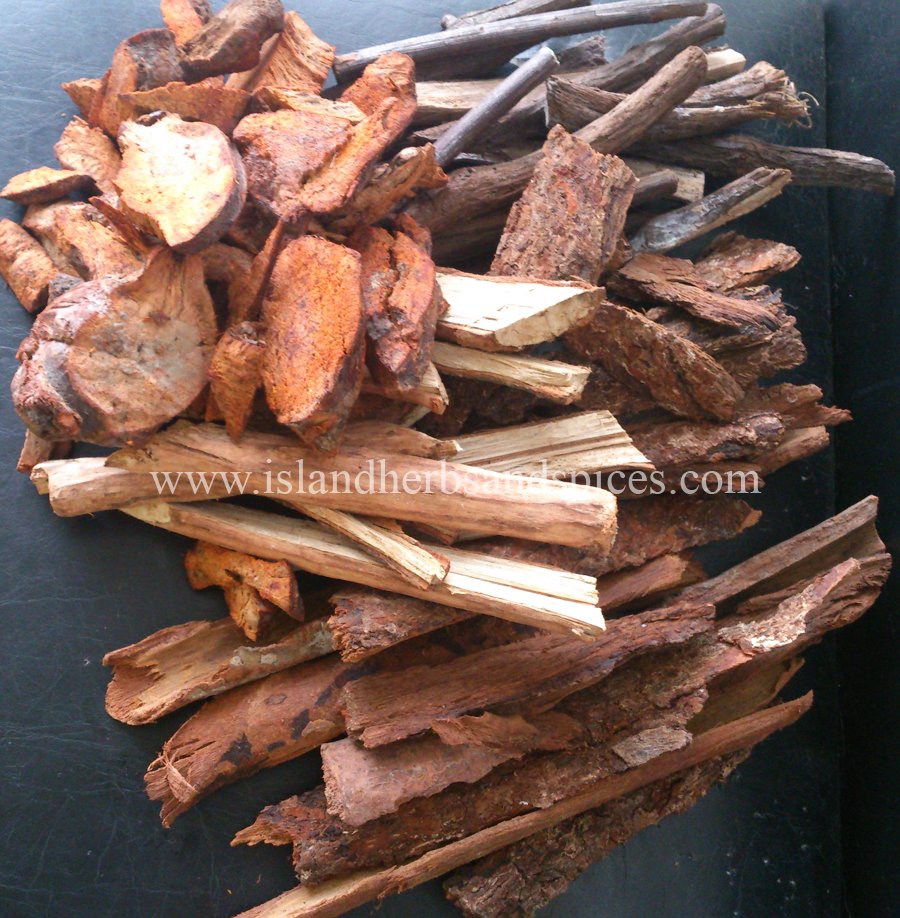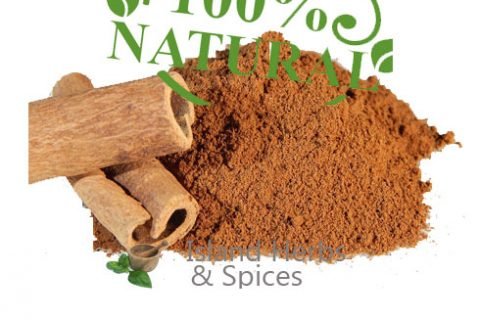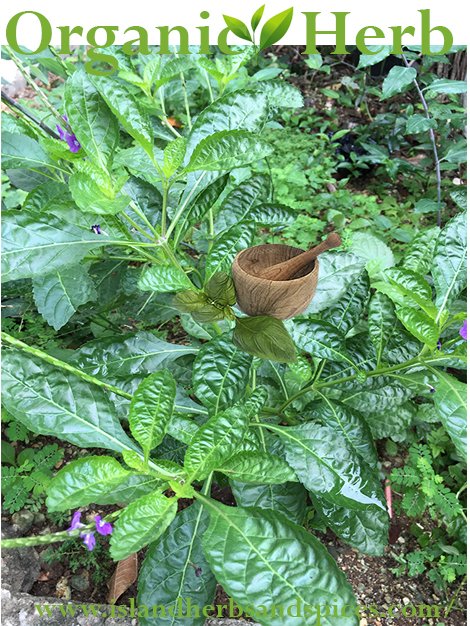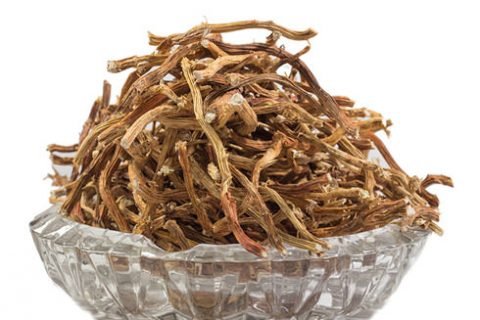 Spanish Needle, scientifically known as Bidens pilosa, is a versatile herb that has gained significant attention in herbal medicine circles for its wide range of medicinal benefits. This plant, often considered a weed, is native to tropical and subtropical regions and is commonly found in fields, along roadsides, and in gardens. Despite its invasive reputation, Spanish Needle offers a wealth of health benefits that make it a valuable addition to any natural remedy repertoire. At Island Herbs, we harvest this potent herb from our organic farm, carefully drying it to preserve its therapeutic properties. In this article, we delve into the various medicinal benefits, traditional uses, and modern applications of Spanish Needle.
Spanish Needle, scientifically known as Bidens pilosa, is a versatile herb that has gained significant attention in herbal medicine circles for its wide range of medicinal benefits. This plant, often considered a weed, is native to tropical and subtropical regions and is commonly found in fields, along roadsides, and in gardens. Despite its invasive reputation, Spanish Needle offers a wealth of health benefits that make it a valuable addition to any natural remedy repertoire. At Island Herbs, we harvest this potent herb from our organic farm, carefully drying it to preserve its therapeutic properties. In this article, we delve into the various medicinal benefits, traditional uses, and modern applications of Spanish Needle.
1. Overview of Spanish Needle (Bidens Pilosa)
Spanish Needle is a member of the Asteraceae family, and it’s recognized by its slender, erect stems, bright green leaves, and small, white, daisy-like flowers. The plant thrives in sunny environments and can grow up to 1.5 meters in height. While often dismissed as a common weed, it has been used for centuries in traditional medicine across various cultures, particularly in Africa, Asia, and Latin America.
2. Medicinal Benefits of Spanish Needle
Spanish Needle is a powerhouse of medicinal properties, primarily due to its rich content of phytochemicals, including flavonoids, polyacetylenes, tannins, and essential oils. Let’s explore some of the key health benefits:
A. Anti-Inflammatory and Antimicrobial Properties
One of the most well-documented uses of Spanish Needle is its anti-inflammatory and antimicrobial effects. The plant’s leaves and stems contain compounds like flavonoids and tannins, which help reduce inflammation and fight infections. Traditional healers have used Spanish Needle in poultices and topical applications to treat wounds, cuts, and skin infections, capitalizing on its ability to inhibit the growth of harmful bacteria and fungi.
B. Immune System Booster
Spanish Needle has been found to stimulate the immune system, enhancing the body’s natural defenses against diseases. Its immunomodulatory effects are attributed to the presence of compounds like polyacetylenes, which help regulate immune responses. Regular consumption of Spanish Needle tea or supplements can help bolster immunity, making it an excellent preventive remedy, especially during cold and flu seasons.
C. Antioxidant Properties
The plant is also rich in antioxidants, which are crucial for neutralizing free radicals in the body. Free radicals are unstable molecules that can cause oxidative stress, leading to chronic diseases such as cancer, heart disease, and diabetes. The antioxidant properties of Spanish Needle help protect cells from damage, reduce the risk of chronic illnesses, and promote overall health and well-being.
D. Blood Sugar Regulation
Studies have shown that Spanish Needle may help regulate blood sugar levels, making it a potentially valuable herb for individuals with diabetes. The plant’s ability to improve insulin sensitivity and enhance glucose uptake by cells can aid in maintaining healthy blood sugar levels. Consuming Spanish Needle as part of a balanced diet can support diabetic management and reduce the risk of complications associated with high blood sugar.
E. Anti-Malarial Effects
In regions where malaria is prevalent, Spanish Needle has been used as a natural remedy to treat and prevent the disease. Research suggests that the plant’s extracts exhibit anti-malarial activity, likely due to the presence of bioactive compounds that interfere with the life cycle of the malaria parasite. While not a substitute for conventional anti-malarial drugs, Spanish Needle can be used as a complementary therapy to enhance treatment outcomes.
F. Digestive Health
Spanish Needle is known to promote digestive health by alleviating various gastrointestinal issues such as indigestion, bloating, and constipation. The plant’s leaves and roots contain compounds that act as natural laxatives, helping to cleanse the digestive tract and maintain regular bowel movements. Additionally, its antimicrobial properties help protect against infections that can cause stomach ailments.
3. Other Uses of Spanish Needle
Beyond its medicinal benefits, Spanish Needle has several other uses that make it a versatile plant:
A. Nutritional Uses
Spanish Needle is not only medicinal but also nutritious. Its young leaves are edible and can be consumed raw in salads or cooked like spinach. They are a good source of vitamins and minerals, including vitamins A and C, calcium, and iron, which are essential for maintaining good health. The plant’s seeds can also be ground into flour and used in baking or as a thickening agent in soups and stews.
B. Natural Insect Repellent
Due to its strong aroma, Spanish Needle has been used traditionally as a natural insect repellent. The essential oils extracted from the plant are effective against mosquitoes and other insects, making it a natural alternative to chemical repellents. Planting Spanish Needle around homes or using its extracts in sprays can help keep insects at bay.
C. Soil Improvement
Spanish Needle is often used in permaculture and organic farming to improve soil health. Its deep roots help aerate the soil, while the plant itself adds organic matter when decomposed. Additionally, Spanish Needle can act as a cover crop, preventing soil erosion and suppressing weeds, which makes it beneficial for sustainable agricultural practices.
4. How to Use Spanish Needle for Medicinal Purposes
There are several ways to incorporate Spanish Needle into your herbal medicine cabinet:
- Tea: One of the most common ways to consume Spanish Needle is by brewing it into a tea. Simply steep a few dried leaves in hot water for about 10-15 minutes, strain, and drink. This tea can be consumed daily to enjoy its numerous health benefits.
- Tincture: Spanish Needle tinctures can be prepared by soaking the leaves and stems in alcohol for several weeks. This concentrated liquid can be taken in small doses to boost immunity, reduce inflammation, and regulate blood sugar levels.
- Poultice: For external use, Spanish Needle leaves can be crushed and applied directly to wounds, cuts, or inflamed areas. This poultice can help speed up healing and prevent infections.
- Capsules: Dried Spanish Needle powder can be encapsulated and taken as a dietary supplement for those who prefer a convenient form of consumption.
5. Precautions and Considerations
While Spanish Needle is generally safe for most people, it’s essential to use it with caution, especially if you are pregnant, nursing, or have a pre-existing medical condition. It’s always best to consult with a healthcare professional before adding any new herb to your routine, particularly if you’re taking medications or have specific health concerns.
6. Conclusion
Spanish Needle (Bidens pilosa) is more than just a common weed; it’s a powerful herb with a multitude of medicinal benefits and practical uses. From boosting immunity and regulating blood sugar to serving as a natural insect repellent and soil improver, this plant offers a wide range of applications that make it a valuable addition to any herbal medicine cabinet. At Island Herbs, we proudly offer dried Spanish Needle harvested from our organic farm, ensuring you receive a high-quality product brimming with therapeutic properties. Embrace the natural healing power of Spanish Needle and explore its potential to enhance your health and well-being.










